Fukushima Hydrogen Energy Research Field (FH2R) completed in Japan; aiming for low-cost green hydrogen production; P2G
Green Car Congress
MARCH 8, 2020
Renewable energy output is subject to large fluctuations, so FH2R will adjust to supply and demand in the power grid in order to maximize utilization of this energy while establishing low-cost, Green hydrogen production technology. With sights set on expanding the use of renewable energy, Toshiba ESS, Tohoku Electric Power Co.,

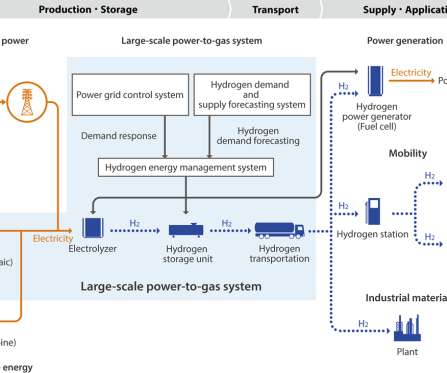
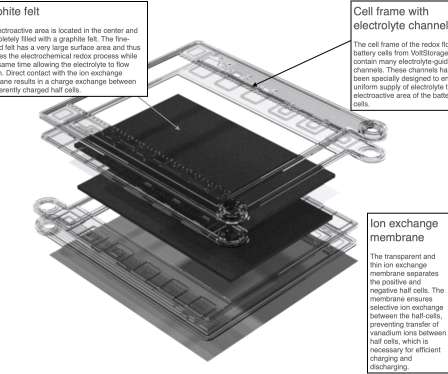
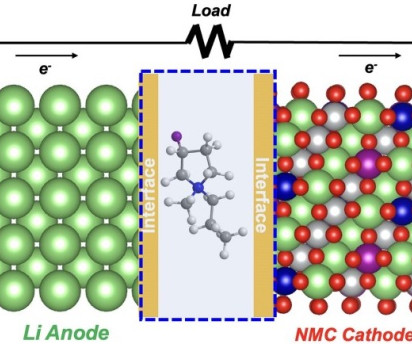











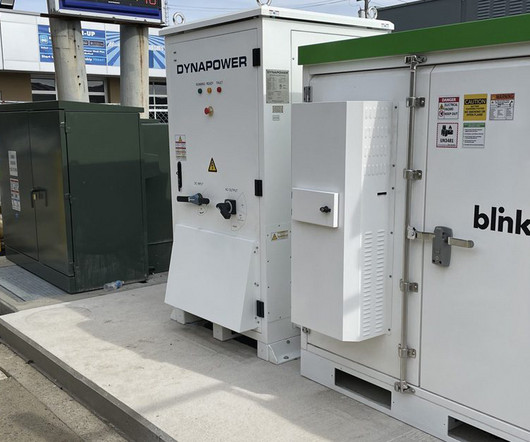
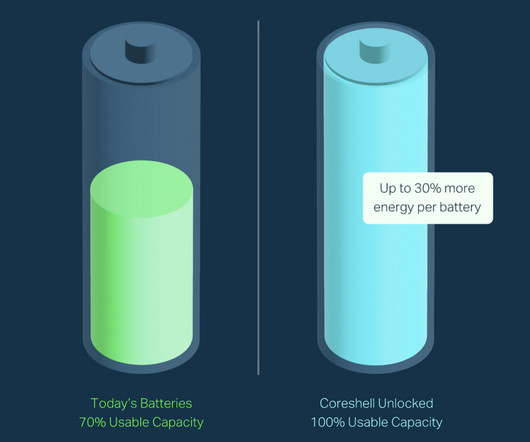
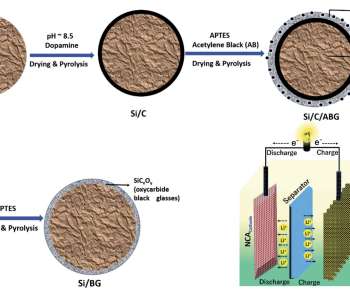

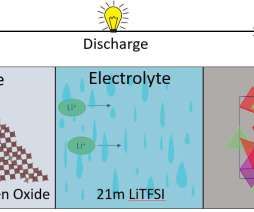

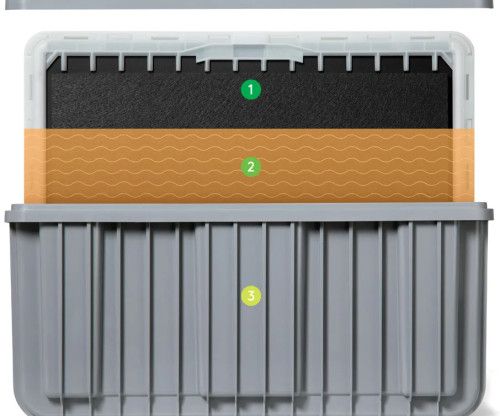



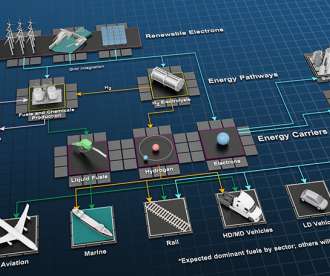



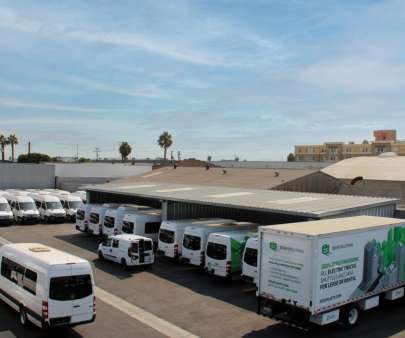

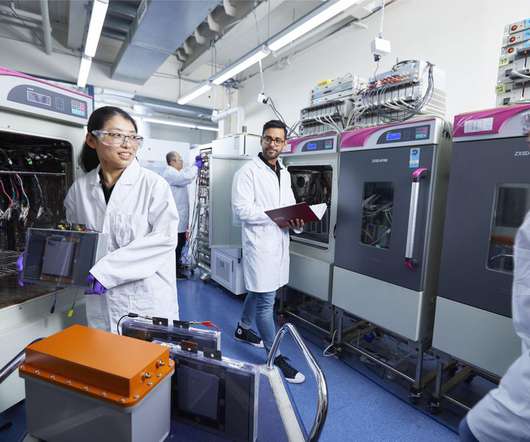



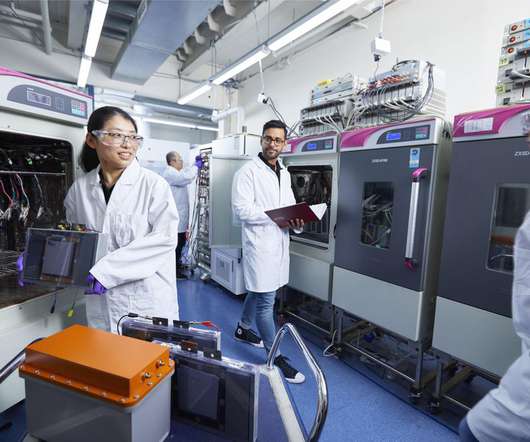








Let's personalize your content